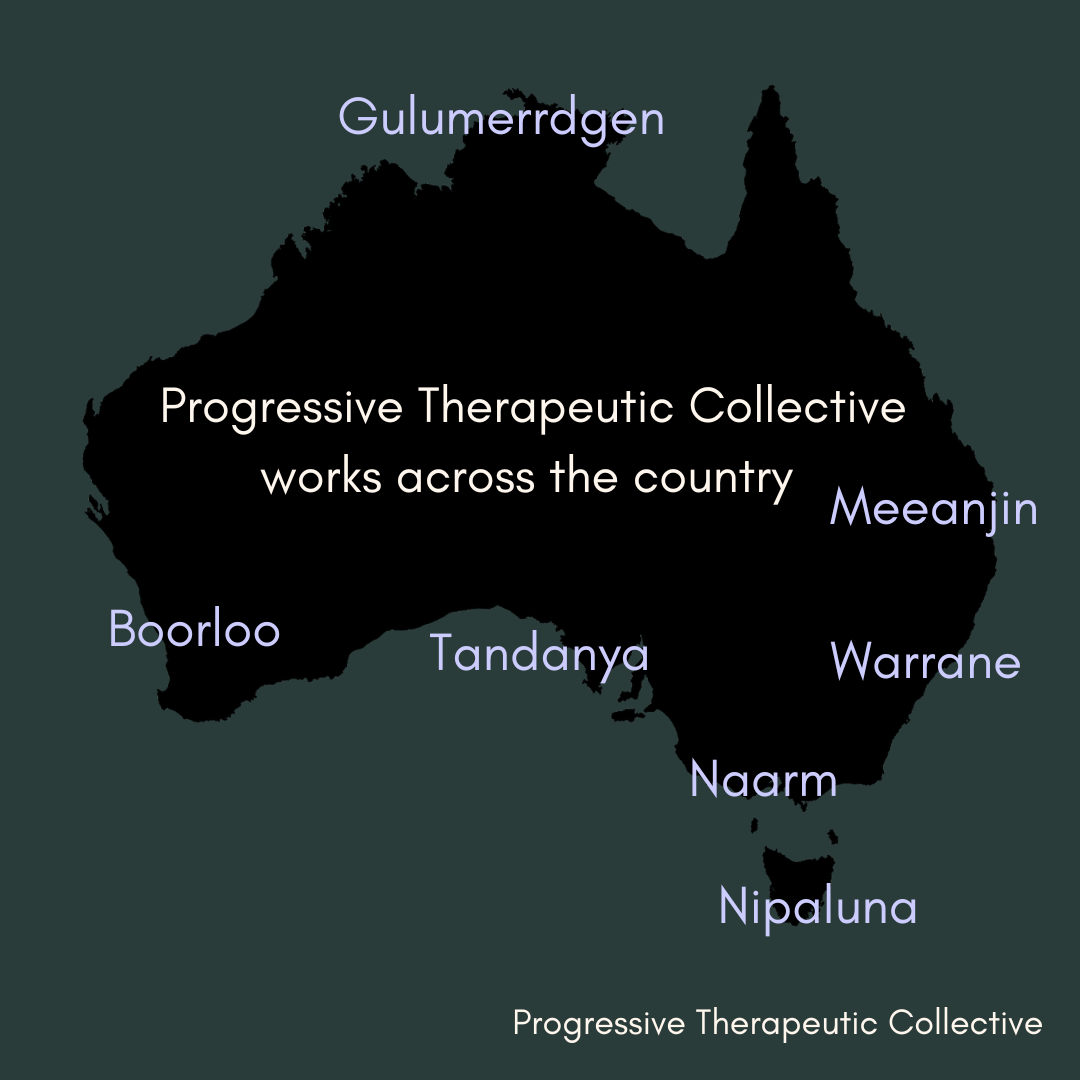Hidden pain: elder abuse in Australia
Elder abuse is a growing concern in Australia, with a significant number of older Australians experiencing some form of abuse or neglect each year. According to a report by the Australian Institute of Health and Welfare (AIHW), approximately 5% of older Australians experienced some form of abuse or neglect in 2018-19. This issue is a violation of human rights and can have severe consequences for the health and well-being of older people.
Financial abuse is the most common form of elder abuse, affecting 4.4% of older Australians, followed by physical abuse at 1.5%, emotional abuse at 1.4%, and neglect at 1.1%. However, the prevalence of elder abuse in Australia is difficult to determine due to underreporting and limited data. Elder abuse can occur in any setting, including in the home, residential care facilities, and community settings.
There are several risk factors that increase the likelihood of elder abuse, including social isolation, dependence on caregivers, cognitive impairment, and poor physical health. Older women and those from culturally and linguistically diverse backgrounds may also be at increased risk.
Elder abuse can have severe consequences for the health and well-being of older people, including depression, anxiety, physical injuries, hospitalization, and premature death. It can also lead to financial hardship, social isolation, and loss of dignity and independence.
Prevention and response to elder abuse require a multifaceted approach involving education, awareness raising, and support services for victims. Elder abuse prevention programs should focus on empowering older people to protect themselves and raising awareness among the wider community about the signs and risks of elder abuse. Support services for victims should be accessible, culturally appropriate, and trauma-informed.
In Australia, several organizations and services are dedicated to preventing and responding to elder abuse, including Advocare, the Elder Abuse Prevention Unit, the National Ageing Research Institute, and the Older Persons Advocacy Network. These organizations provide a range of services, including information and advice, advocacy, and support for victims and their families.
Prevention and response require a multifaceted approach involving education, awareness raising, and support services for victims.

